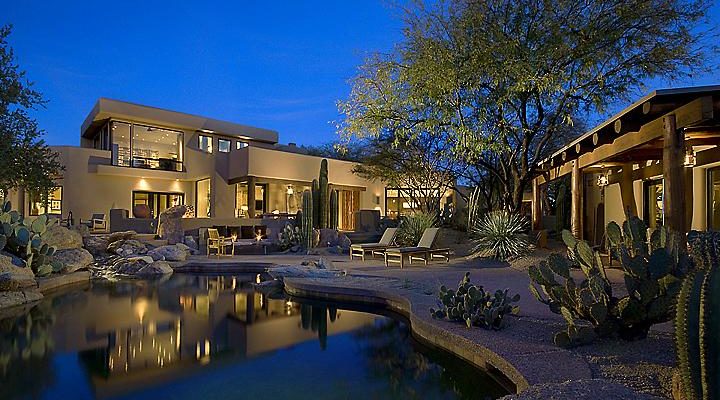People are reticent about the use of alternative light sources, especially LEDs (light emitting diodes). It is an emerging technology that is both scary and confusing to many. While there are really great sustainable lighting products out there, they can be easily buried under tons of less than perfect options that are available in stores and online. Now is the time to take a leap of faith. Everyone may not be ready to jump into the use of sustainable lighting with both feet, but hopefully they are at least willing to test the waters. The first step is to try replacing some of your existing light bulbs with earth friendly alternatives.
Choose Sustainable Lighting without Sacrificing Design
The trick is to keep these lighting retrofits undercover. In reality, a lot of the LED alternative lamps (this is the industry term for light bulbs) are not particularly attractive. Let’s face it; compact fluorescent looks like a soft serve ice cream and many of the LED bulbs have bulky metal heat sinks. If you can hide them behind a shade or a lens, and the color quality the light is very similar to incandescent, then you can have the best of both worlds.
Chandeliers and table lamps are still an important element to most all styles of residences. They are needed to provide the ambiance for a room without necessarily providing all the necessary illumination on their own. These fixtures would be would be a good first choice for trying out one of these alternative light sources. If you have a chandelier or wall sconces with torpedo shaped bulbs (what are referred to as B-10 lamps in the industry) there is one company called Borealis, which makes a series of lamps which look very much like their incandescent counterparts. They are dimmable, practically unbreakable and will last in the 50,000 hour range. A standard household bulb has a lamp life of 750 hours.
Sustainable Lighting Designs & Products
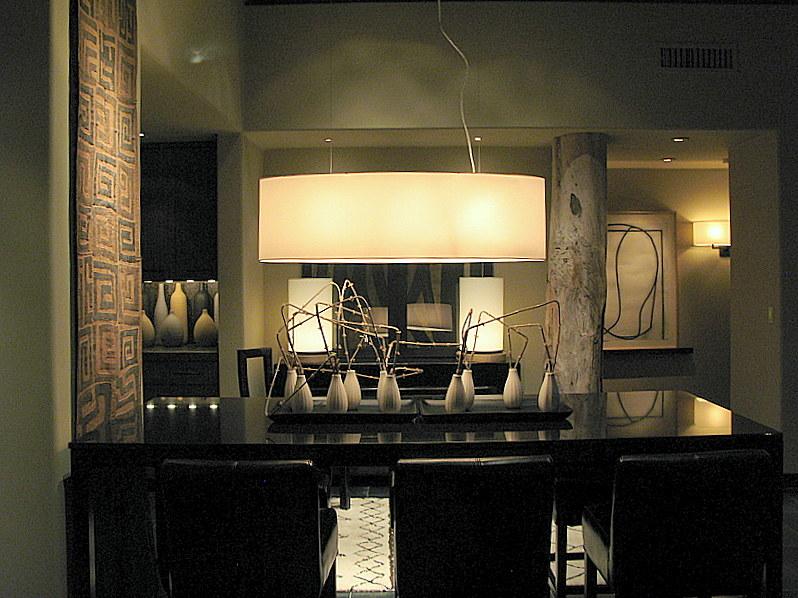
When sustainable light sources are hidden behind fixtures with shades and lenses, all you see is the quality of the light instead of the shape of the bulb.
Lighting Design: Randall Whitehead
Interior Design: Turner Martin Design
Photography: Jeff Zaruba
The energy efficient Borealis LED B 10 used in the design above are available in clear and frosted.
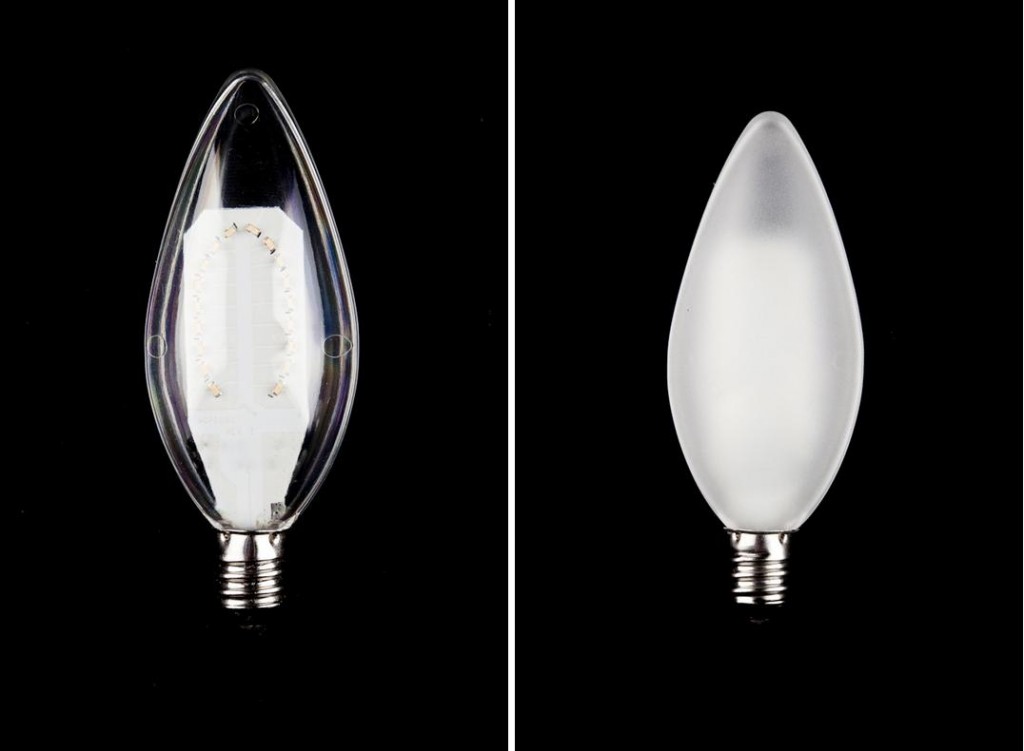
Sustainable Exterior Lighting
Exterior lighting is also a good place to do a little LED sustainable lighting beta testing as well. Using high quality LED lamps in the decorative fixtures can offer the dimmability and warm color of the more traditional incandescent lamps. While some manufacturers are working hard to create LED light sources that have the look of incandescent bulbs, selecting a lantern that has frosted or some sort of translucent glass would allow you to use some of the more homely bulbs. You want to make sure that the lamp you select is rated for exterior use, such as the DesignoLux360 available through the EarthLED.
You want to make sure that the bulb you select is rated for both exterior use and for an enclosed fixture, if the fixture is totally enclosed. The challenge is sorting through the rows and rows of products that are now available on retailer shelves.
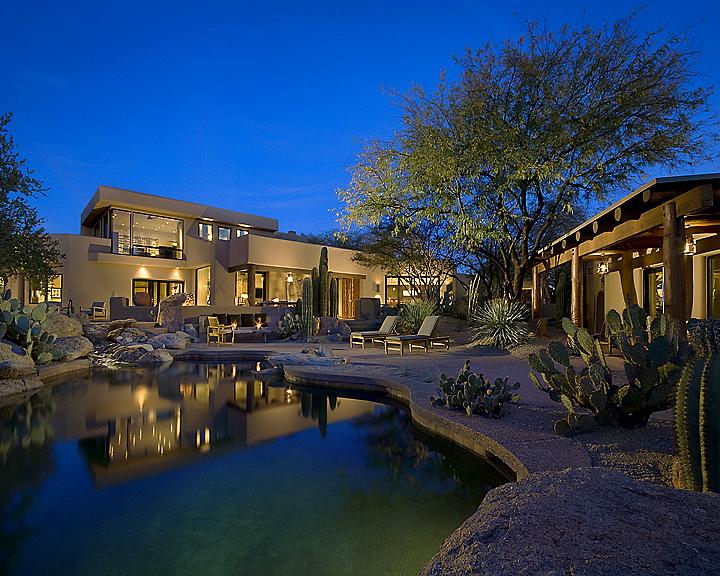
The addition of landscape lighting subtly blends interior and exterior spaces, helping to eliminate the black mirror effect where you see your own reflection instead of the view beyond. LED accent lights and decorative fixtures lamps with LED sources provide dramatic illumination while saving money and maintenance.
Lighting Design: Randall Whitehead
Interior Design: Turner Martin Design
Photography: Jeff Zaruba
DesignoLux360 used in the design above is also available in clear and frosted.
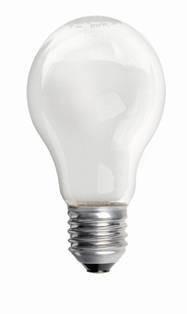
Choose Sustainable Lighting: An LED Bulb Checklist
When considering sustainable light sources there are three things that you want to check out on the label.
The first is the lumen output. This means how much of light are you getting per watt. Here are some examples to uses a comparison when looking at LED options: a regular 40 watt household bulb produces 500 lumens, a 75 watt household bulb reduces 1180 lumens and a 100 watt household bulb produces 1690 lumens. For now, bulb manufacturers are putting taglines on their products such as, “equal to the lumen output of a 60 watt household bulb”. Down the road it will just give the lumen output, which means you need to think in terms of lumens instead of watts.
The next term is color temperature. This helps explain what color of light a particular bulb will produce. Color temperatures measured in degrees of Kelvin. A regular old household incandescent bulb is 2700° Kelvin. Daylight is 5000° Kelvin. This means that you have to think of the temperature of light opposite to the temperature in your oven. It is exactly opposite. The higher the color temperature the cooler the color of the light will be; and the lower the color temperature the warmer the light. The color of the light affects the colors in the room. LED sources with lower Kelvin ratings will enhance reds, yellows and oranges. LED sources with higher Kelvin ratings will enhance blues, greens and whites.
The last term to consider is CRI (color rendering index). Think of this is the pop quiz that you got in grade school. If you got a 100 and means that you got a perfect score. A CRI rating determines how close in alternative light source is to the color of incandescent light. Many the products currently on the market are in the 80 to 85 range. Now we are seeing LEDs being offered in the 90 to 95 range. The higher the score, the better the quality of the light.
Sustainable Light Layering
Becoming better acquainted with the guidelines for good lighting, in addition to a better understanding of what to look for in energy efficient sources, will allow homeowners to work with their designers and contractors to create a lighting design that is both flexible and easier on energy costs. Layering different types of light together is what creates a cohesive and flexible lighting design. Combining task, accent, decorative and ambient light is much better than trying to use one light source to perform all functions. There’s nothing worse than when there is just one fixture in the center of a room fitted with high wattage bulbs. It is what we would call a glare bomb.
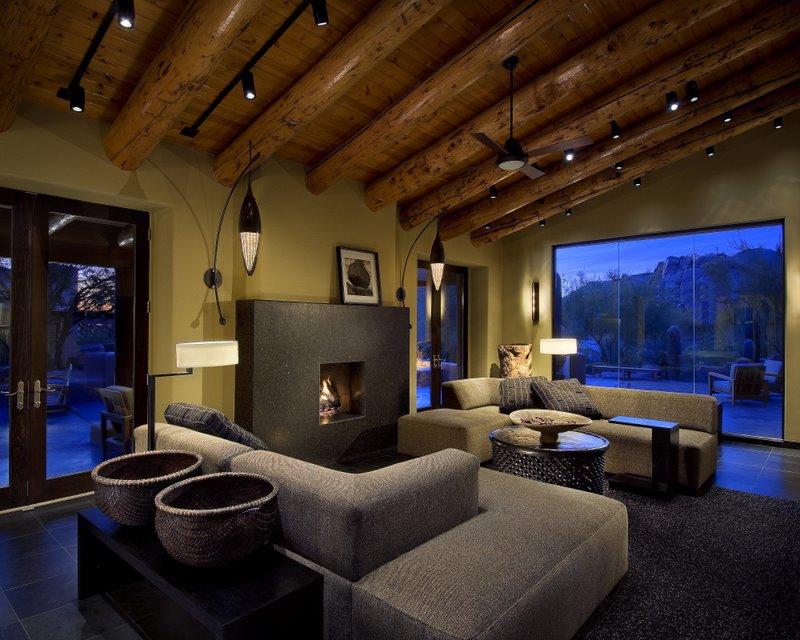
The sconces and floor lamps use LED versions of household bulbs. The track lights, using LED MR16 lamps highlight objects in the space.
Lighting Design: Randall Whitehead
Interior Design: Turner Martin Design
Photography: Jeff Zaruba
Well done lighting achieves its magic through its very invisibility. In the movies, if we can tell how a special effect has been achieved, we feel cheated. We don’t want to know, because we want to think it’s magic. In lighting, it should be no less the case. We want to see the effects of light, but the method needs to remain unseen. That subtleness is what will give the design a cohesive wholeness, allowing the architecture, the furnishings and the landscape to become the focus in a particular space, not the decorative fixtures or the bulbs glaring out from within them.
LED Lamps Worth Checking Out
Many low-voltage accent lights on the market use what is called an MR 16 lamp. This is a miniature halogen reflector bulb. Now there are some really terrific LED versions available. One very good one, with a high CRI, is made by Soraa.
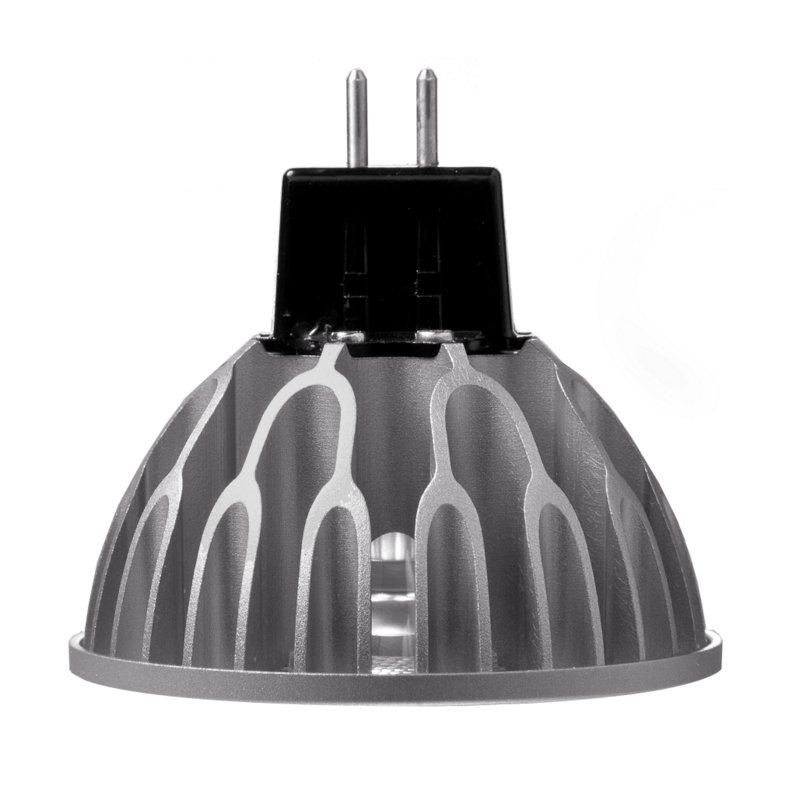
Soraa LED MR 16
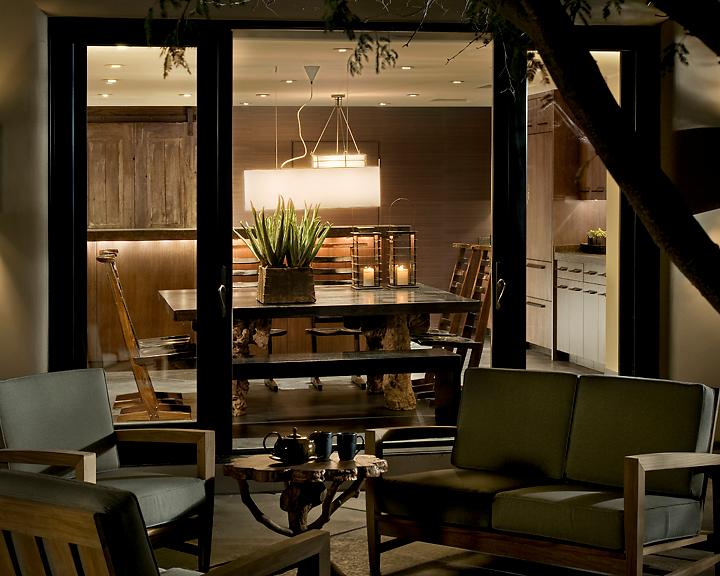
The pendant fixtures installed over the dining room table and kitchen island add both decorative and ambient lighting to the space. A run of LED strip lighting by Environmental Lights, mounted below the lip of the counter adds a warm glow to the wood façade. Having lighting outside as well creates an outdoor room that visually expands the inter spaces.
Lighting Design: Randall Whitehead
Interior Design: Turner Martin Design
Photography: Jeff Zaruba
People have always liked bulbs that offer three levels of illumination. Table lamps can both be a source of task light and add a decorative element to a space. Companies like Maxlite and Litetronics have 3-way screw in compact fluorescents (CFLs) made specifically for table lamps, Switch Lighting offers a three-way LED.
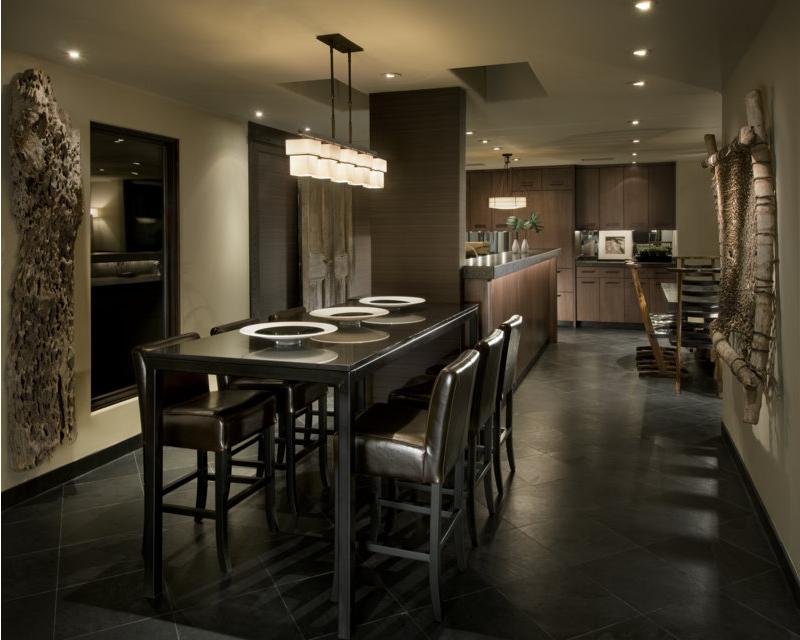
A pair of pendants, using screw in dimmable LED bulbs, provide indirect fill light as well as an element of architectural jewelry to this kitchen and breakfast area, while the LED recessed lights highlight the art and table tops.
Lighting Design: Randall Whitehead
Interior Design: Turner Martin Design
Photography: Jeff Zaruba
A lighting design is successful when different sources of light are layered within a room to create a fully usable, adaptive space. Whether using traditional or sustainable light sources, the basics of lighting design remain the same. Good lighting does not draw attention to itself, but instead to the other design aspects of the environment.
If once the installation is done and someone walks in and say, “You look great!” or, “Is that a new painting?” then you know the lighting has been successfully integrated into the overall room design and that you have done a first-rate job. Nobody has to know that you’ve used sustainable, energy-efficient light sources… unless of course you want to tell them. After all, green is the new sexy!



